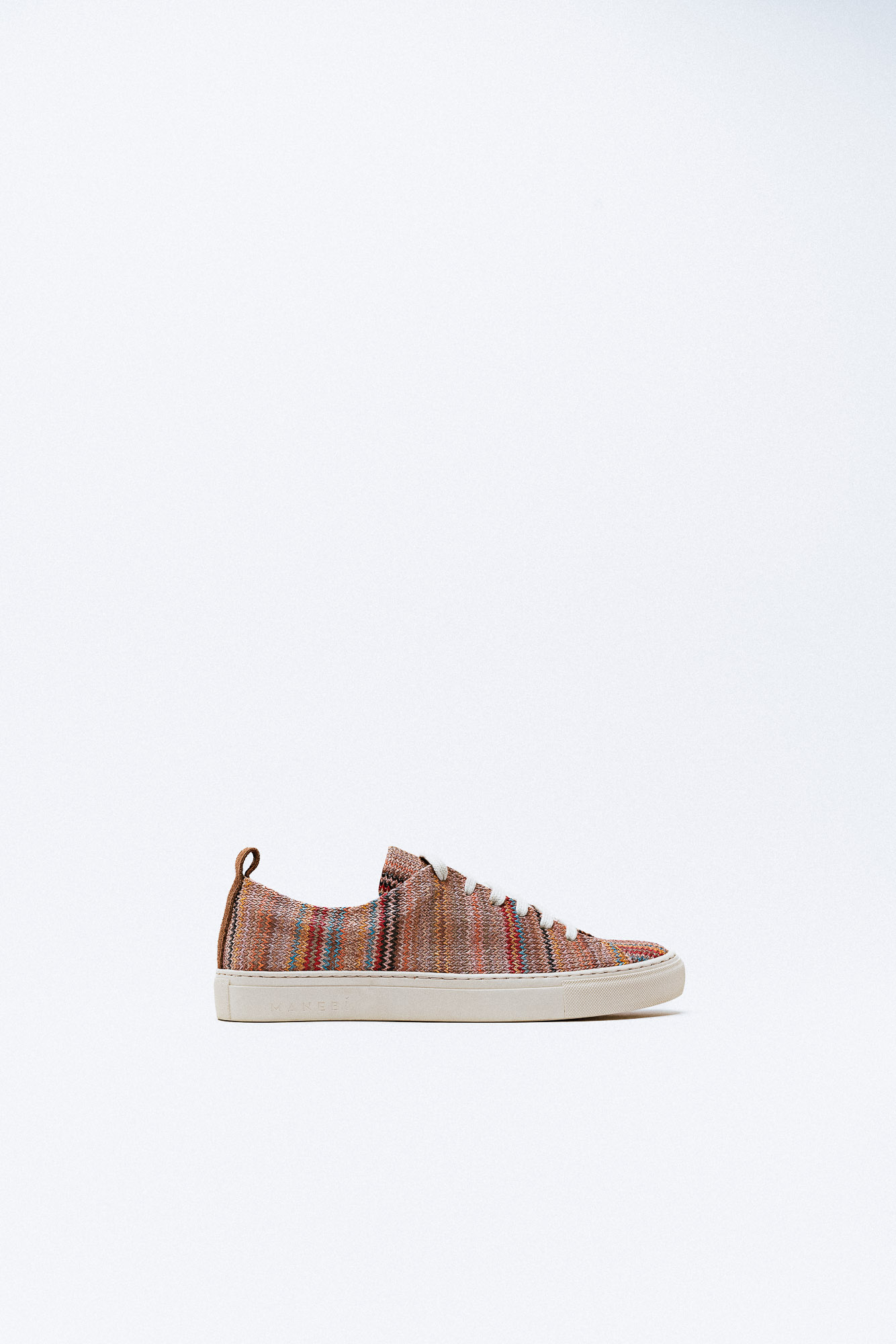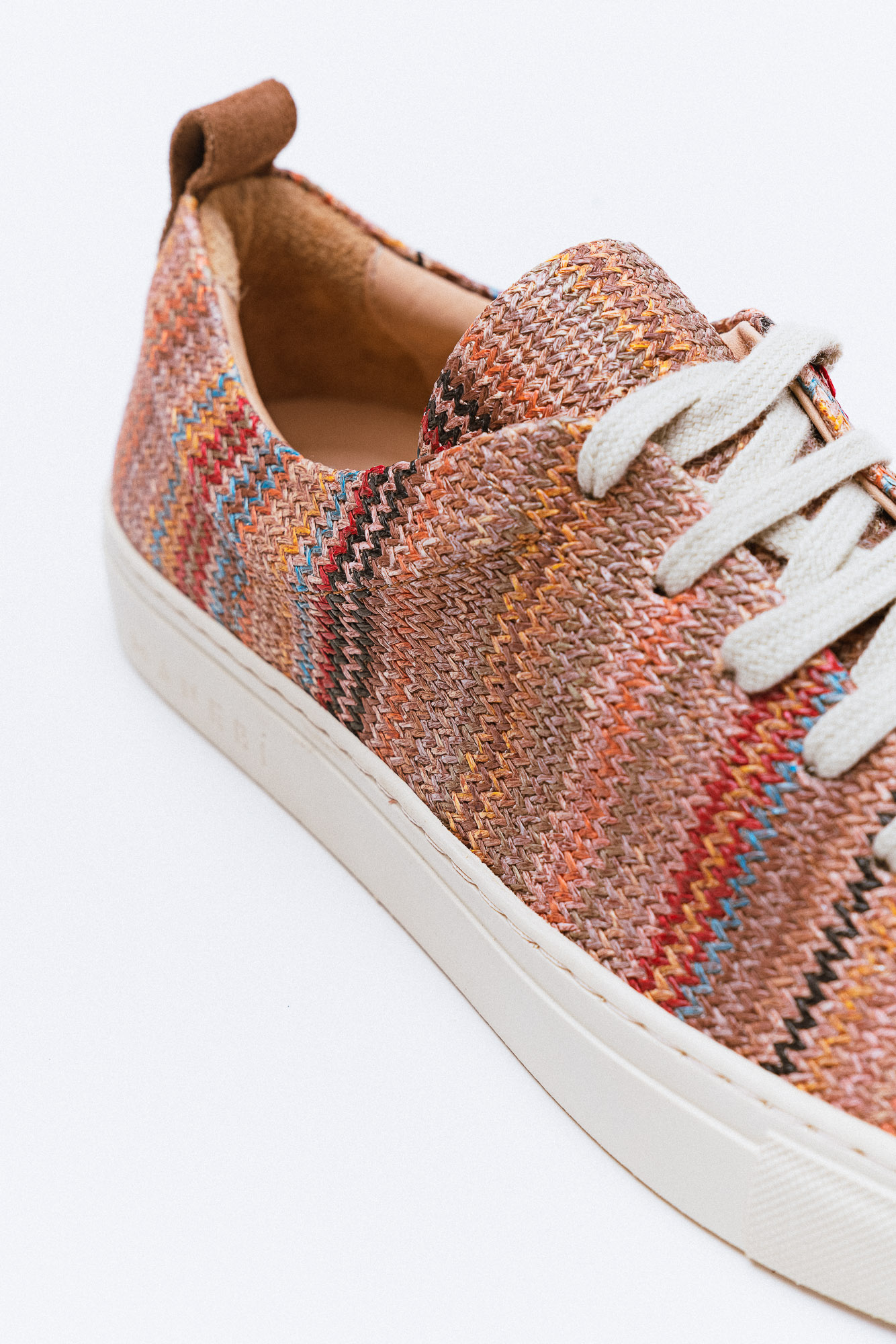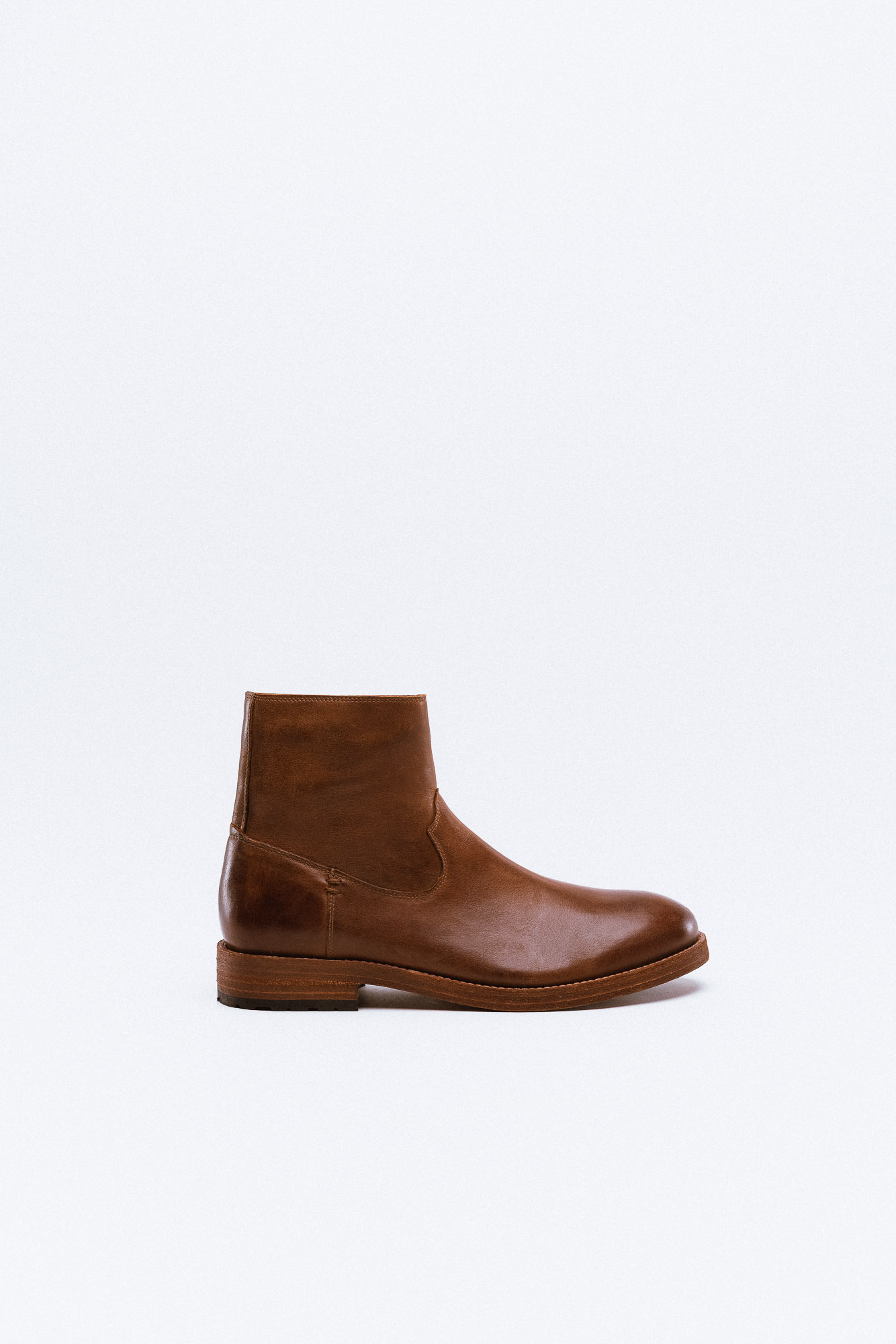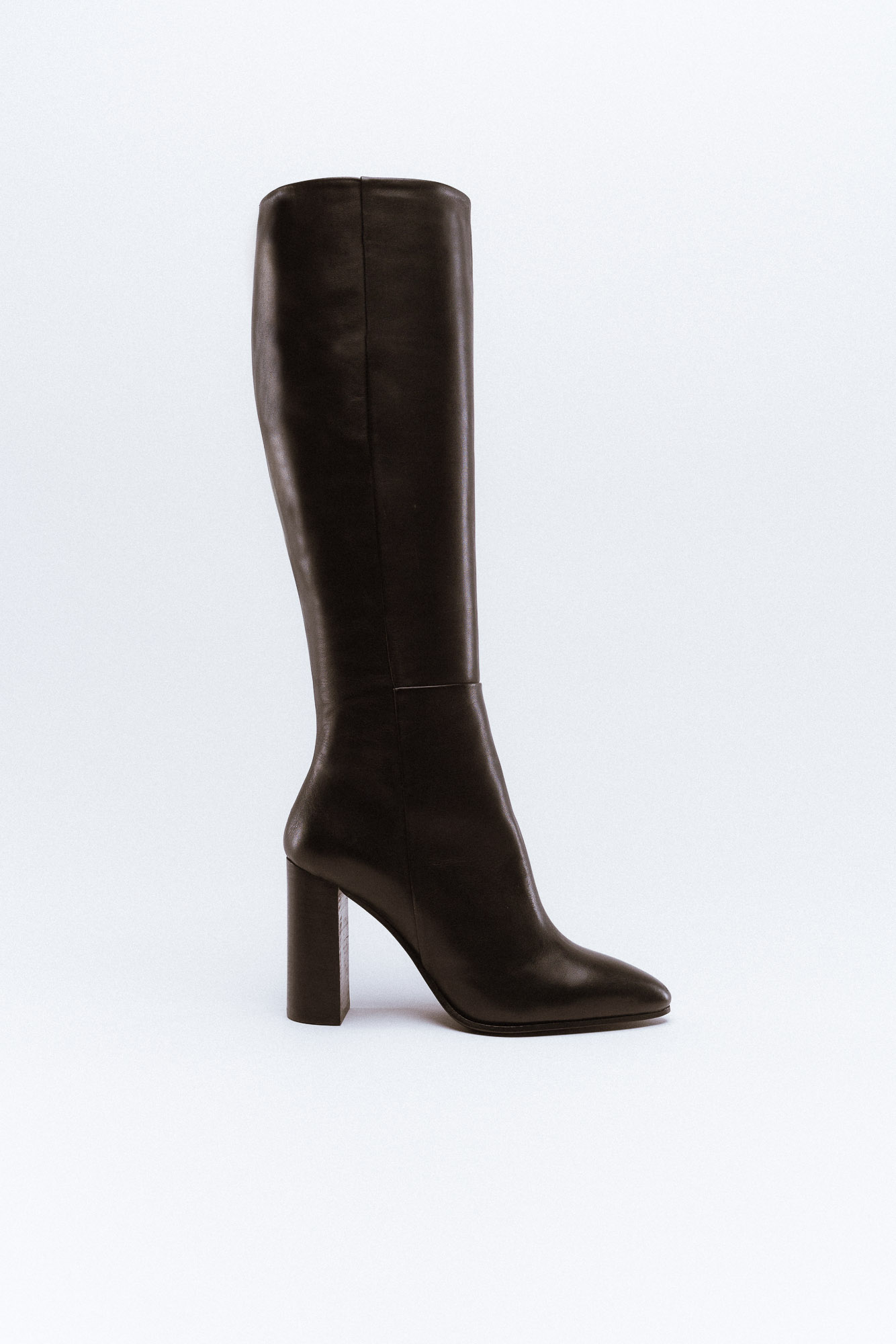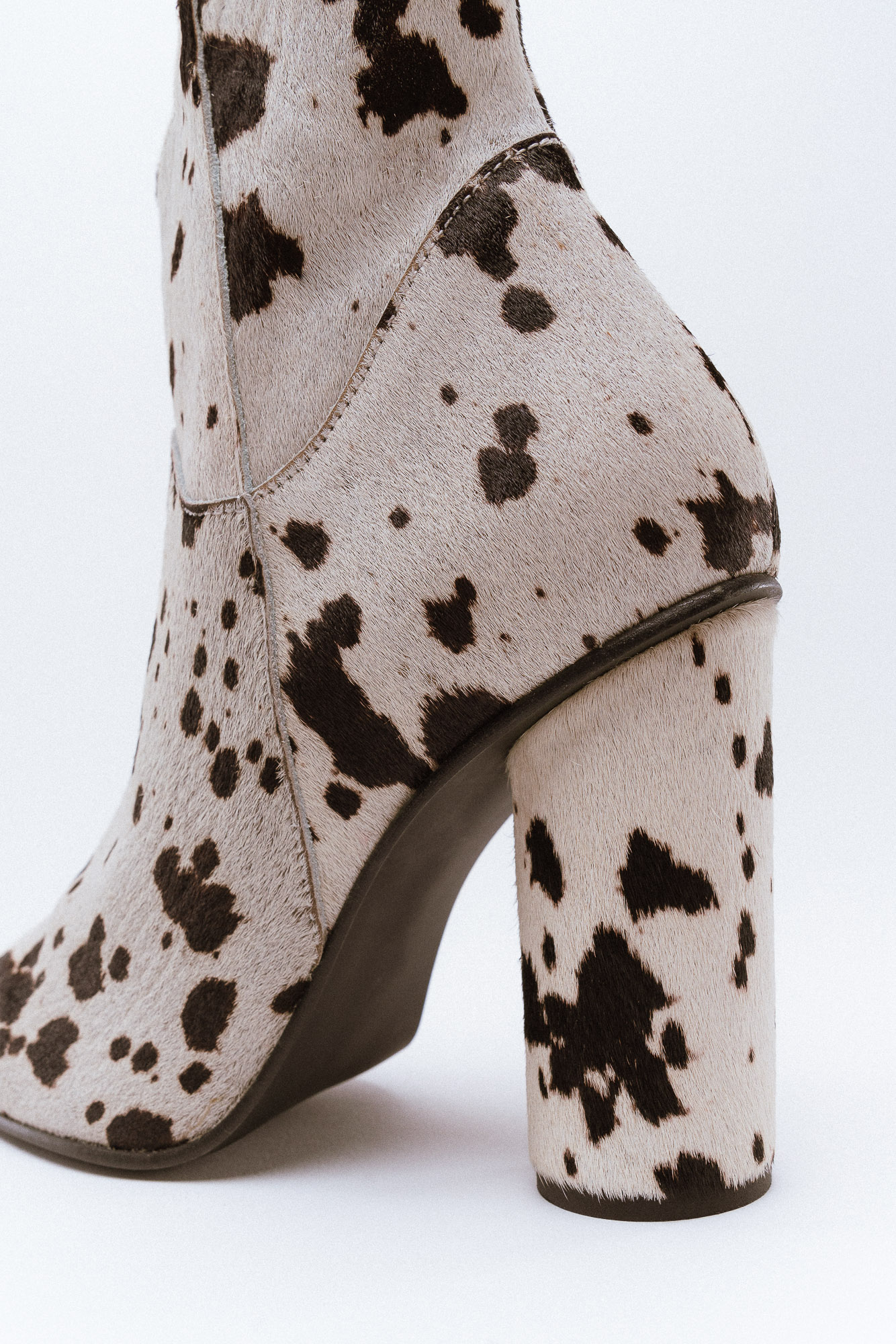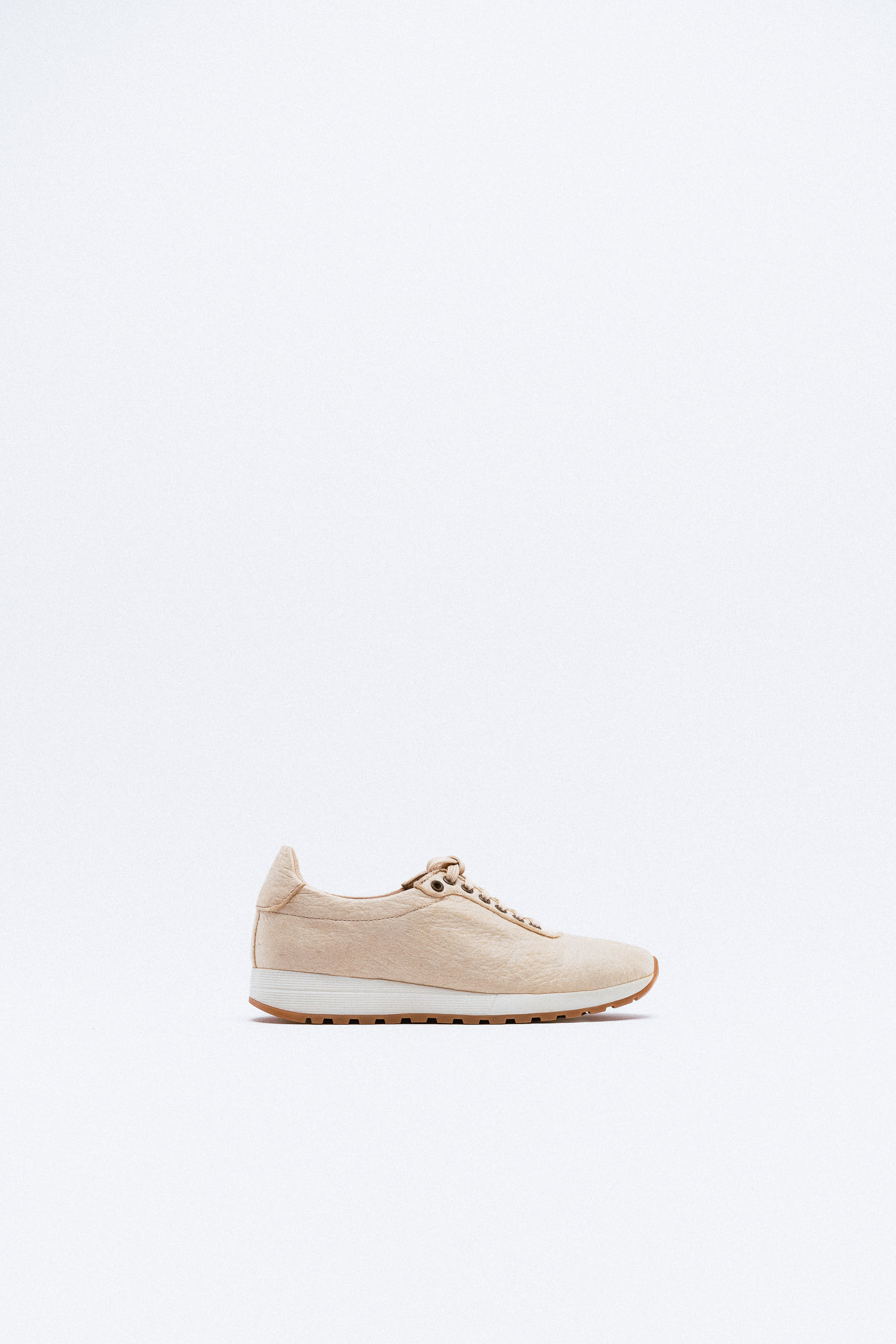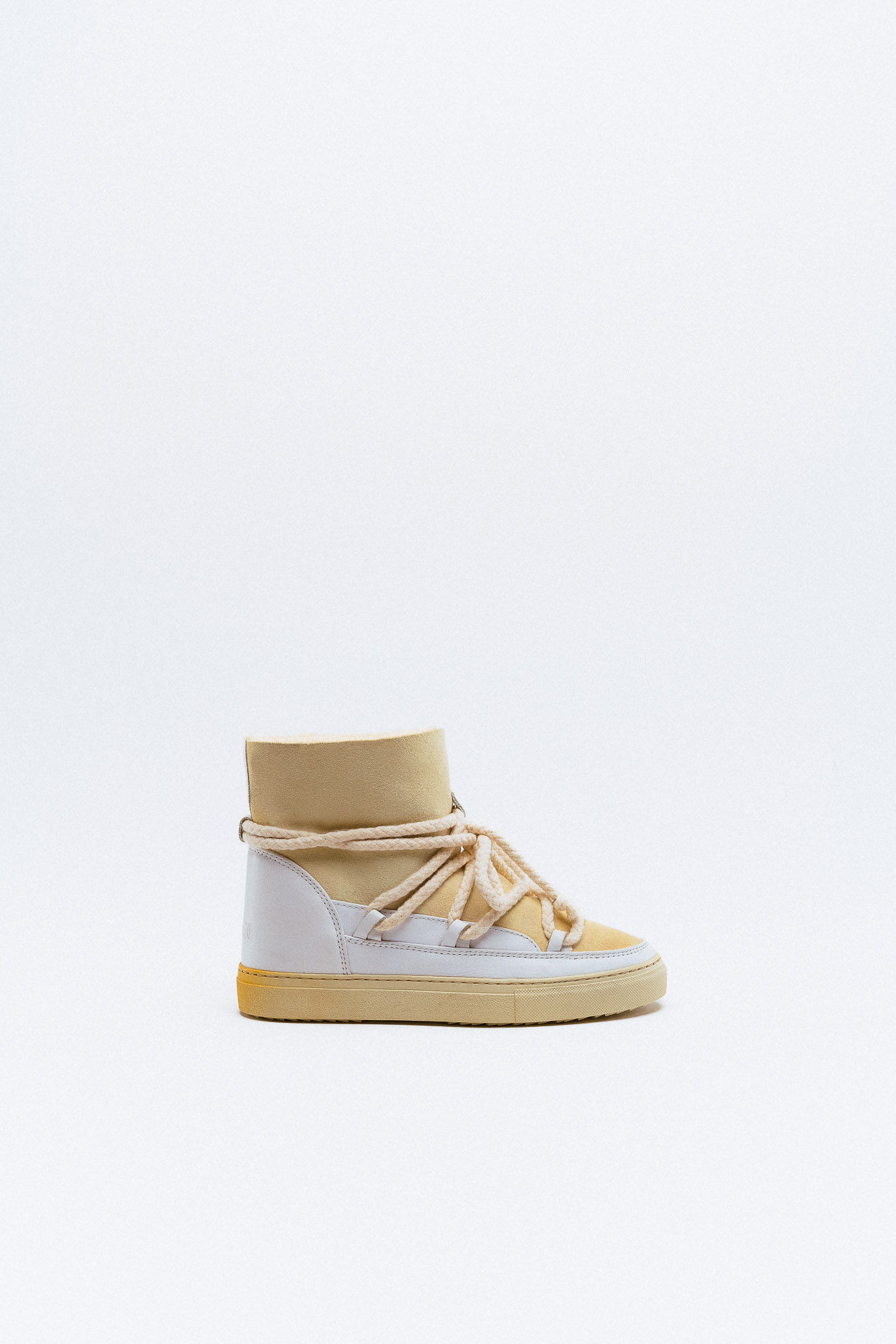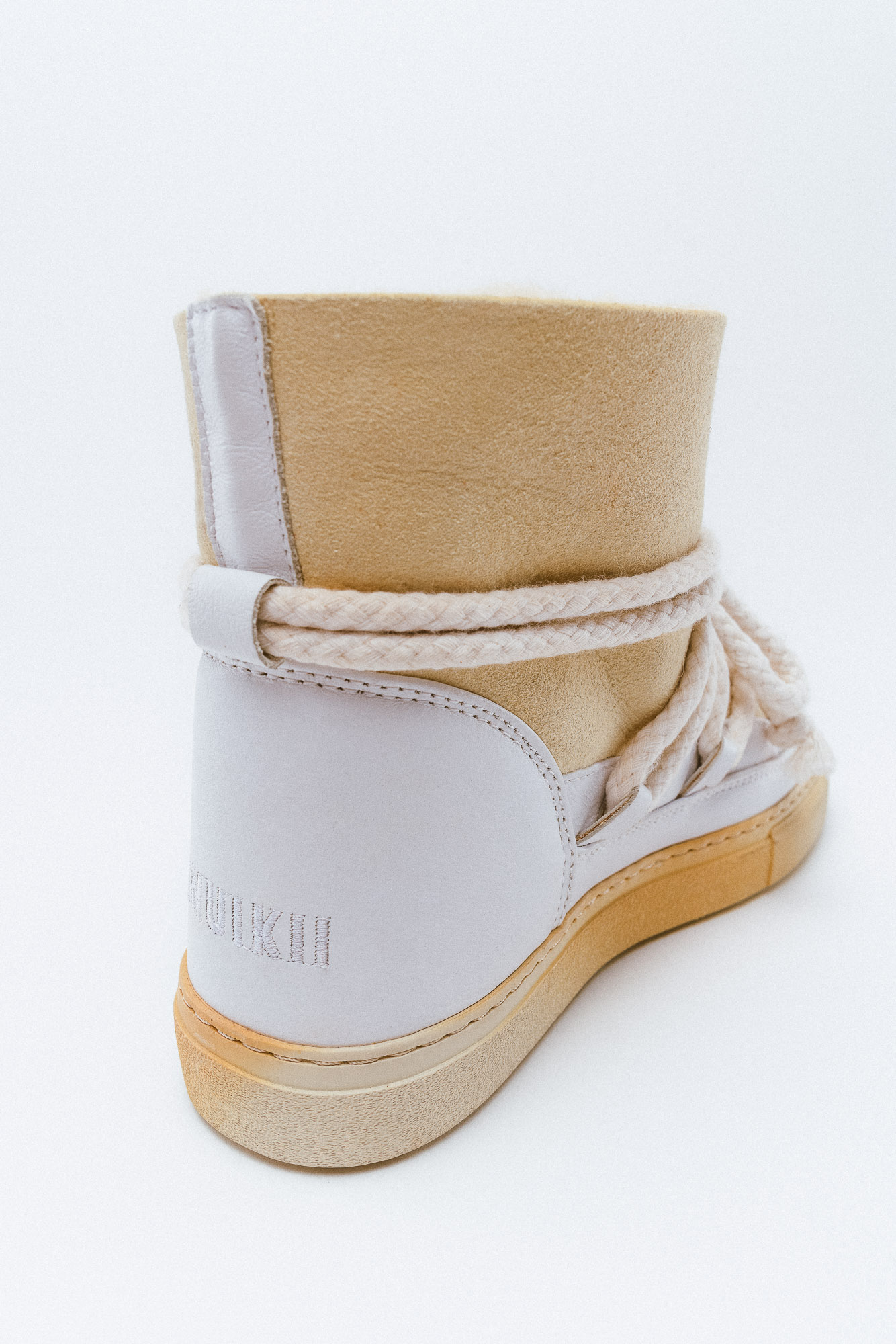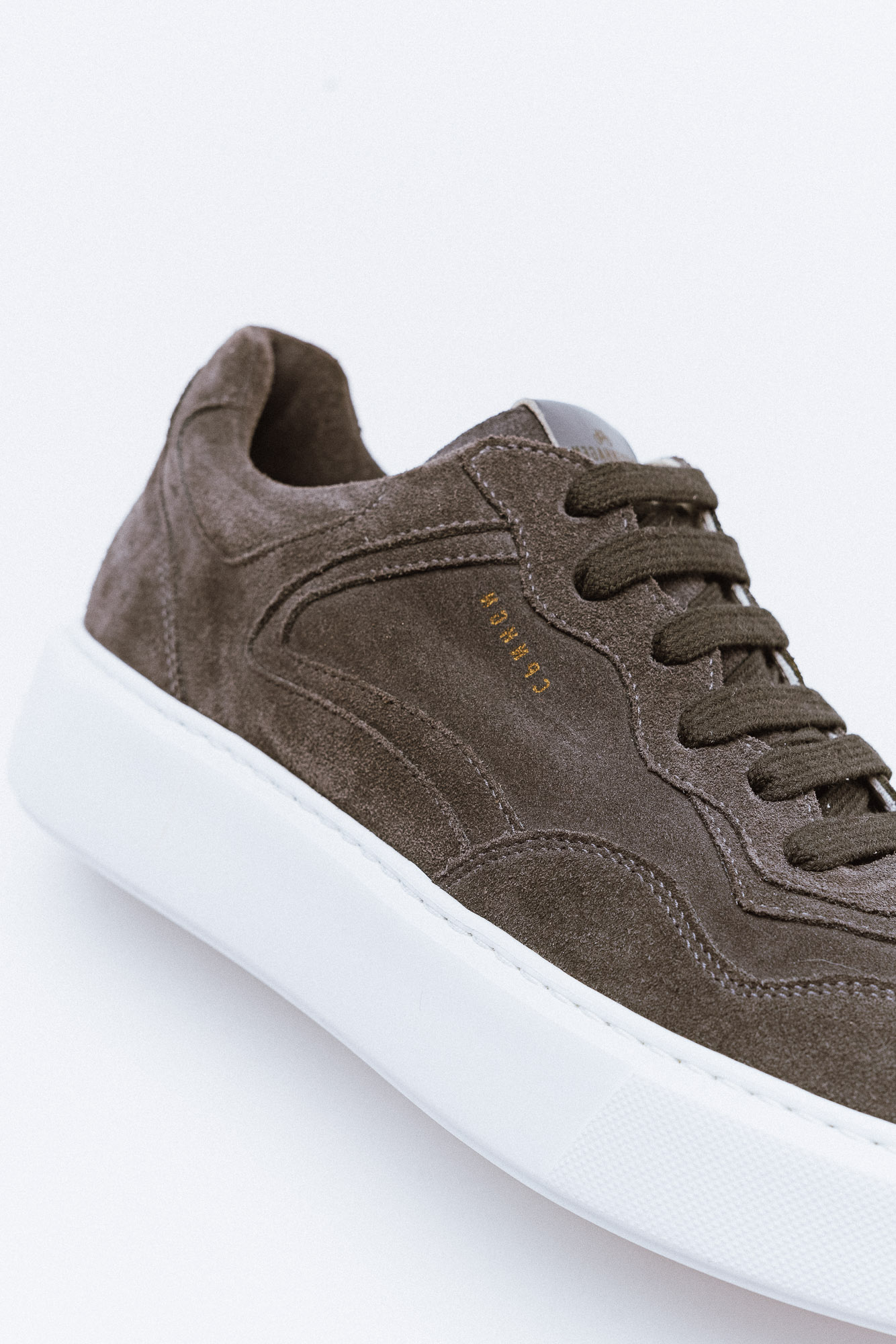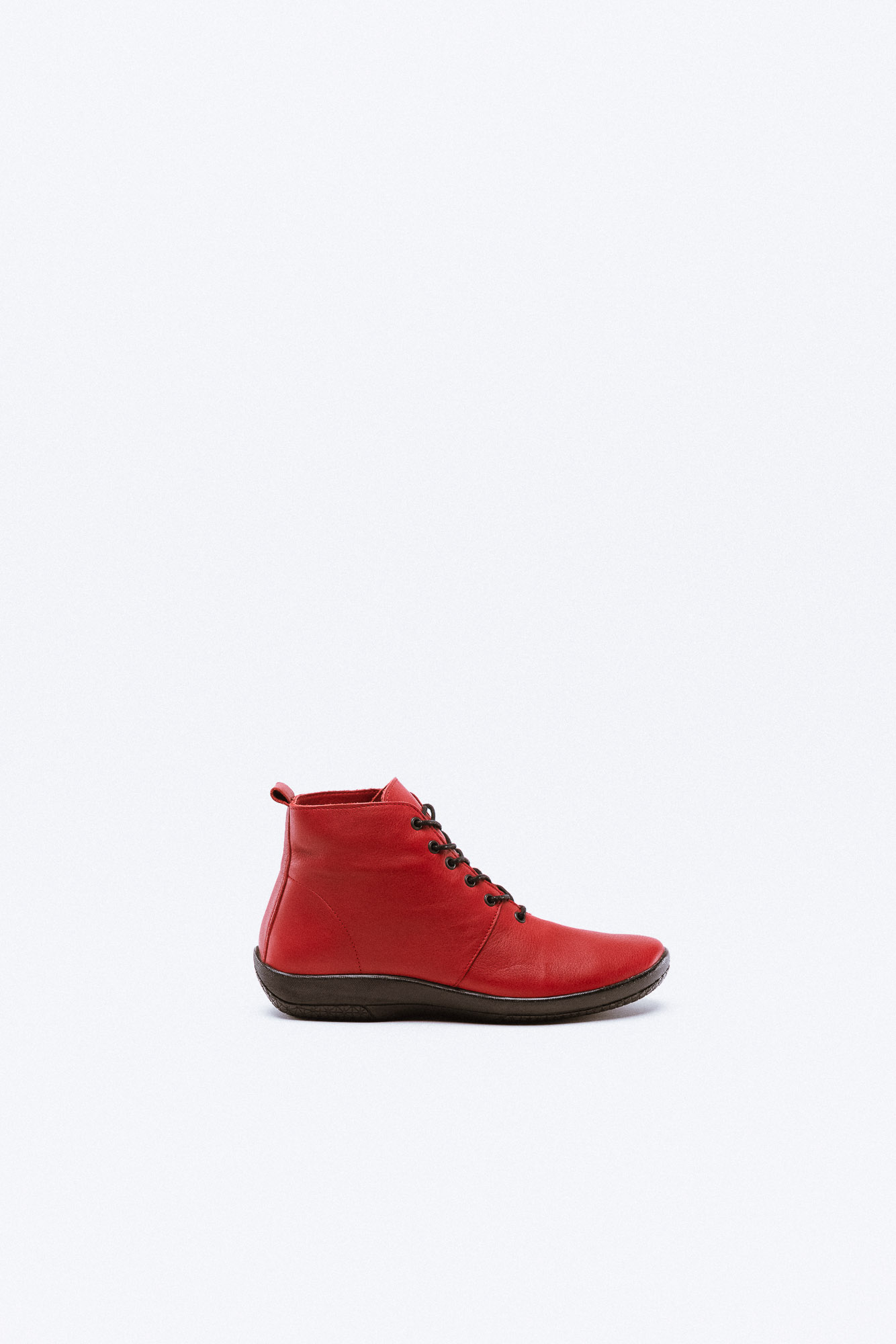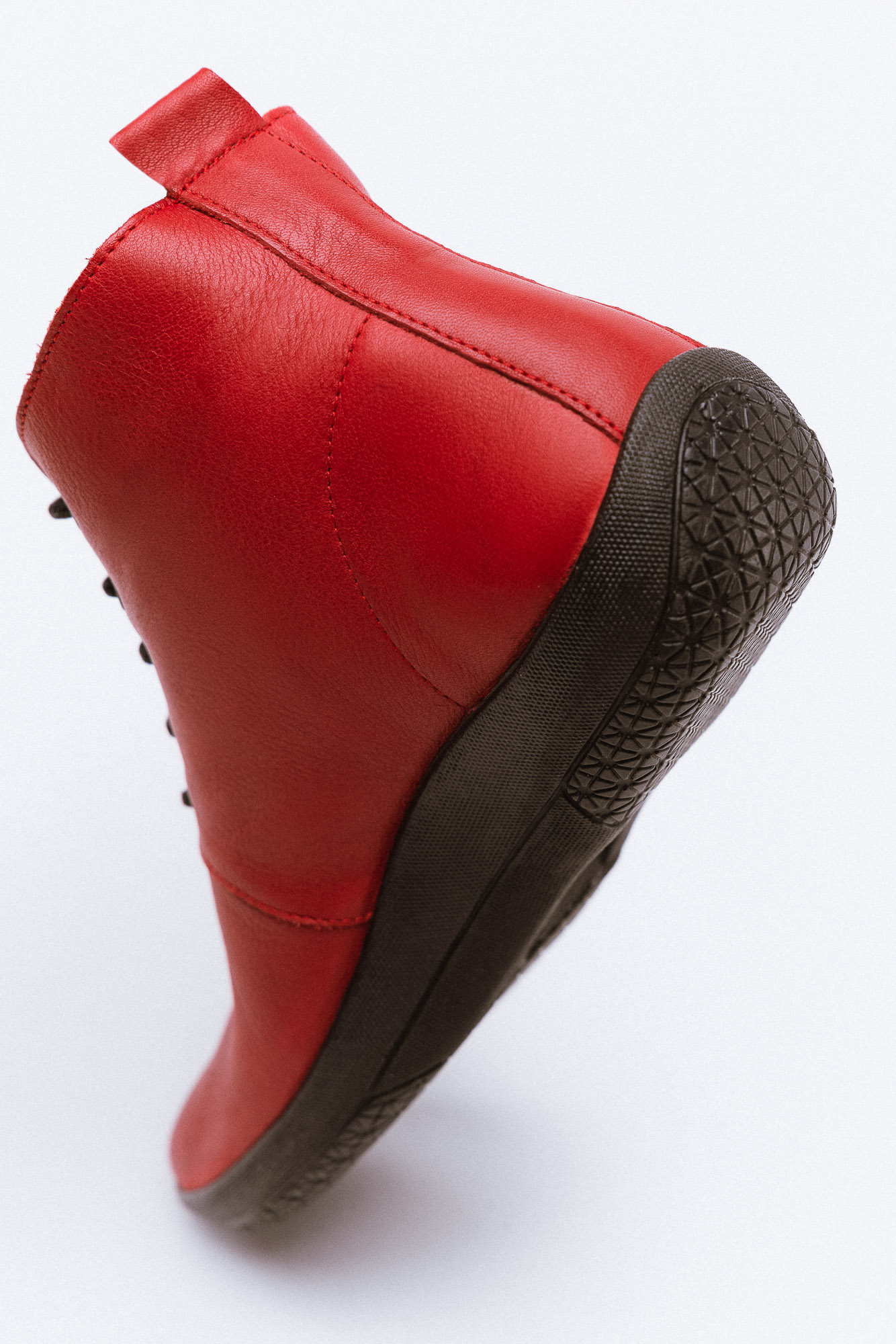Labels are presented as a proof of social commitment. Indeed, it guarantees the conformity of a company or an organization, a product, or a service to defined criteria. Labels are therefore good tools to prove transparency towards consumers, partners, suppliers, employees…
We can take the example of several eco-responsible labels such as the Global Organic Textile Standard which advocates organic textiles and prohibits heavy metals, GMOs, and Carcinogenic amines. The Organic Exchange label is used as an indication of the organic cotton content. The EU Ecolabel promotes the reduction of air and water pollution. Ecocert is a control to ensure that the trade is fair and that it allows for the reduction of carbon emissions as well as a support mechanism for producers. There are many eco-friendlier labels, but these are the main ones.
Other mechanisms, such as awards, have been implemented to encourage change in the textile sector. Awards to highlight companies that are becoming responsible, such as the CFDA (Council of Fashion Designers of America) Lexus Eco-Fashion Challenge.
Some large groups publish “sustainability reports” in their annual reports. The Kering group has developed a tool a measure the environmental impacts of its activities; the EP&L (Environment Profit & Loss).
Know more about the fashion industry at:
Copenhagen International Fashion Fair – CIFF 2022
Copenhagen Fashion Week Takes The Lead In the Green Transition Of Ready-To-Wear Clothing










